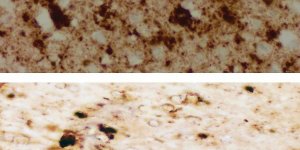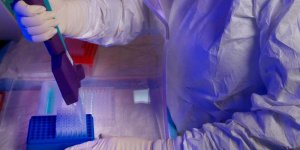| Health / Health News |
Study identifies brain patterns underlying mothers’ responses to infant cries
Infant cries activate specific brain regions related to movement and speech, according to a National Institutes of Health study.
The findings identify behaviors and underlying brain activities that are consistent among mothers from different cultures. Understanding these reactions may help in identifying and treating caregivers at risk for child maltreatment and other problematic behaviors.
The study team conducted a series of behavioral and brain imaging studies using functional magnetic resonance imaging (fMRI).
Researchers observed and recorded one hour of interaction between the mothers and their 5-month-old babies at home. The team analyzed whether mothers responded to their baby’s cries by showing affection, distracting, nurturing (like feeding or diapering), picking up and holding, or talking. Regardless of which country they came from, mothers were likely to pick up and hold or talk to their crying infant.
Through fMRI studies of other groups of women, the team found that infant cries activated similar brain regions in new and experienced mothers: the supplementary motor area, which is associated with the intention to move and speak; the inferior frontal regions, which are involved in the production of speech; and the superior temporal regions that are linked to sound processing.
Overall, the findings suggest that mothers’ responses to infant cries are hard-wired and generalizable across cultures. The study also builds upon earlier work showing that women’s and men’s brains respond differently to infant cries. (National Institutes of Health)
YOU MAY ALSO LIKE





